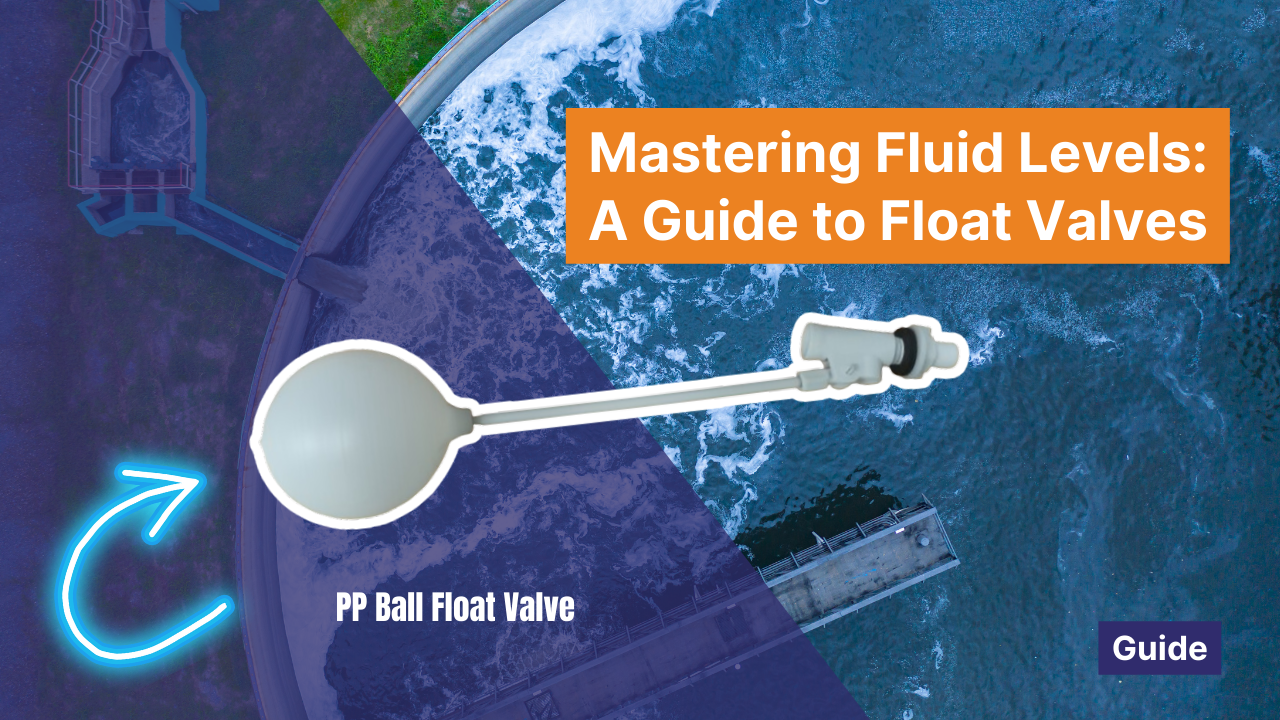
Mastering Fluid Levels: A Guide to Float Valves
Float valves, also known as ballcocks, are indispensable devices for regulating fluid levels in tanks across various industries. In this guide, we delve into the intricacies of float valves, exploring their design, applications, and considerations for optimal usage.
Understanding Float Valve Design
Float valves come in two primary designs: direct-acting and pilot-operated. Direct-acting valves, akin to those found in toilet tanks, utilise cylindrical slides or diaphragms controlled by the movement of a float. This movement, facilitated by a lever, opens or closes the valve, modulating fluid flow. Trunnion mounts may be employed to scale down the float's movement for precise valve operation.
In industrial settings, float valves may function as pilot valves, regulating larger control valves. These systems utilise vertical rods and weighted chains to extend the float's reach into deep tanks, ensuring accurate level detection. Additionally, main valves, often diaphragm-style, are actuated by hydraulic or pneumatic pressure from the pilot valve line, offering on/off or modulating control as per system requirements.
Applications of Float Valves
Float valves are used in diverse industries, from toilet tanks to industrial basins and swimming pools. Their simplicity and reliability make them ideal for remote installations with impractical electrical control, such as watering troughs.
Float materials range from polypropylene to stainless steel, with weighted variants optimising performance in vertical-rod systems.
Operating Principles and Considerations
Float valves operate entirely mechanically, relying on the float's buoyancy to control fluid levels. In pumped systems, floats signal pump activation or deactivation based on fluid levels, as seen in sump pumps. Considerations include distinguishing float valves from floating ball valves and understanding the diverse design options available.
While float valves lack standardised designs compared to other valve types, PVL can explore various manufacturers' offerings to find solutions tailored to your specific tank systems. Thorough research and understanding of application requirements are crucial for selecting the most suitable float valve design.
Conclusion
Float valves are pivotal in maintaining precise fluid levels in tanks across numerous industries. They offer reliability and simplicity in fluid level control, from direct-acting mechanisms in toilet tanks to pilot-operated systems in industrial settings. You can optimise float valve selection for efficient and effective tank management by understanding their design principles, applications, and considerations.
Contact Us
Should you have further questions about our float valves and our newest polypropylene float valve, our experienced sales team is happy to help answer any question you may have. Contact us by emailing sales@pvl.co.uk or calling +44 (0) 1892 66 44 99


